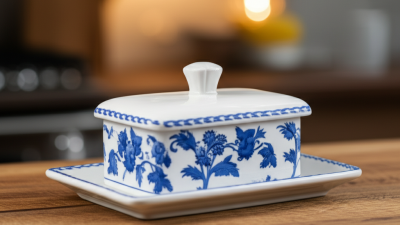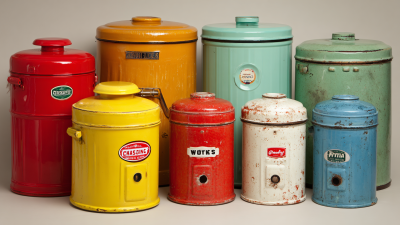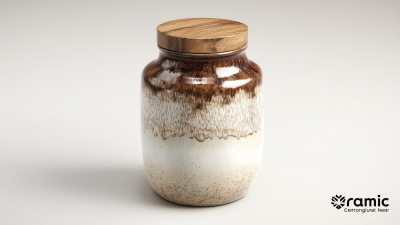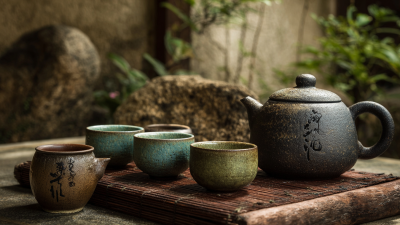

In the realm of beverage consumption, the choice of container significantly impacts the enjoyment and temperature retention of hot drinks. Recent studies indicate that ceramic cups are particularly effective at maintaining heat, outperforming many other materials commonly used for serving hot beverages. According to a report by the American Institute of Physics, ceramic has a superior thermal insulating property, allowing drinks to remain hotter for longer periods without the risk of burning your hands.

In fact, data shows that drinks served in ceramic cups can stay at optimal drinking temperatures for up to 30% longer than those in plastic or glass containers. This remarkable heat retention is attributed to ceramic's dense structure and lower thermal conductivity, which work in tandem to minimize heat transfer. As consumers increasingly seek the perfect brewing experience, understanding the science behind ceramic cups becomes essential for both casual drinkers and industry professionals alike.
Ceramic materials possess inherently unique thermal properties that allow them to retain heat effectively, making ceramic cups superior for keeping beverages warm. The thermal conductivity of ceramics, such as cordierite, is critical in their heat retention capabilities. Recent advancements in low thermal conductivity cordierite ceramic foam have been developed using eco-friendly materials such as magnesite and aluminum slag. These innovations highlight how modifying the structural properties of ceramics can optimize their thermal performance, allowing for better heat retention in applications ranging from kitchenware to industrial use.
Boron, a vital element in the creation of advanced polymer-derived ceramics, also plays a significant role in enhancing thermal properties. Its incorporation can dramatically influence the material's structural integrity and functional capabilities, which are essential for high-temperature applications. Research continually aims to improve the thermal barrier coatings (TBCs) that ensure energy efficiency in high-temperature environments, important for sectors like aerospace and energy. These developments underscore the growing importance of understanding and utilizing the thermal behavior of ceramics, paving the way for innovative solutions in heat management technologies.
The thickness of ceramic cups plays a crucial role in their ability to retain heat. Thicker walls in ceramic cups act as an insulator, reducing the rate at which heat escapes from the liquid within. When a cup has greater thickness, it takes longer for the surrounding air to cool the beverage inside. This is because the thick ceramic serves as a buffer, absorbing and distributing heat more evenly, thus maintaining the temperature of the drink for an extended period.
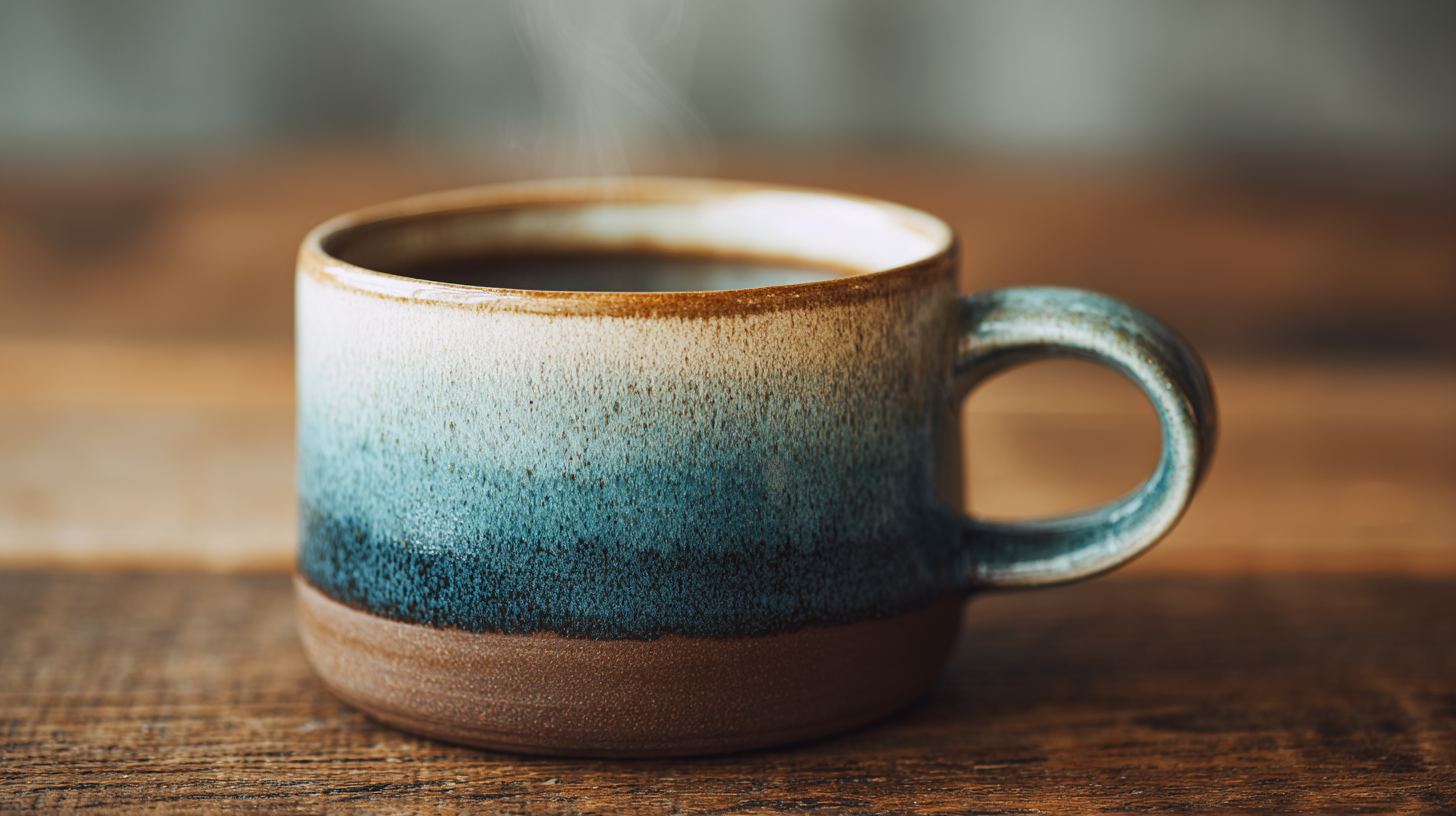
Moreover, the material properties of ceramic contribute to this heat retention. Ceramics are poor conductors of heat compared to metals, which means they do not allow heat to transfer quickly. The combination of the material's insulating properties and the physical thickness synergistically enhances the cup's ability to keep drinks hot. Therefore, when choosing a ceramic cup for enjoying a hot beverage, considering its thickness can be as important as the cup's design and aesthetic appeal. The science behind this makes ceramic cups a popular choice for those who appreciate sipping their beverages at a consistent warmth.
Ceramic cups have gained popularity in the beverage industry for their superior heat retention capabilities compared to materials like glass and metal. A comparative analysis reveals that ceramic's porous nature helps slow down temperature loss, keeping your drinks hotter for longer periods. According to a study published by the Journal of Food Science, ceramic cups can retain heat up to 30% longer than glass cups due to their thicker walls and insulating properties. This makes them ideal for enjoying hot beverages like coffee and tea.
In contrast, metal cups, while durable, are often found to cool down beverages rapidly. Research conducted by the American Ceramic Society indicates that metal's high thermal conductivity can lead to a quicker loss of heat, often within just 15 minutes of pouring a hot drink. Glass cups, on the other hand, lack the insulating properties of ceramics, leading to a significant temperature drop shortly after serving.
Tips for maximizing heat retention: choose high-quality ceramic cups with double-walled construction for better insulation. Also, pre-warming your ceramic cup with hot water before pouring your drink can help maintain its temperature longer. Finally, consider pairing ceramic cups with a lid to minimize heat loss, ensuring your beverages stay enjoyable throughout your sip.
| Material | Heat Retention (minutes) | Thermal Conductivity (W/m·K) | Insulation Quality | Taste Preservation |
|---|---|---|---|---|
| Ceramic | 30 | 1.5 | High | Excellent |
| Glass | 20 | 1.05 | Medium | Good |
| Stainless Steel | 15 | 15.1 | Low | Fair |
| Plastic | 10 | 0.22 | Very Low | Poor |
| Double-Walled Glass | 25 | 1.05 | Medium | Very Good |
The glazing process plays a crucial role in enhancing the heat retention properties of ceramic cups. Glazing not only provides a smooth, non-porous surface that prevents heat loss through absorption but also creates an insulating layer that minimizes thermal conductivity. According to a study published by the American Ceramic Society, ceramic materials can maintain liquid temperatures for up to 30% longer than glass or metal alternatives, largely due to effective glazing techniques that trap and retain heat.
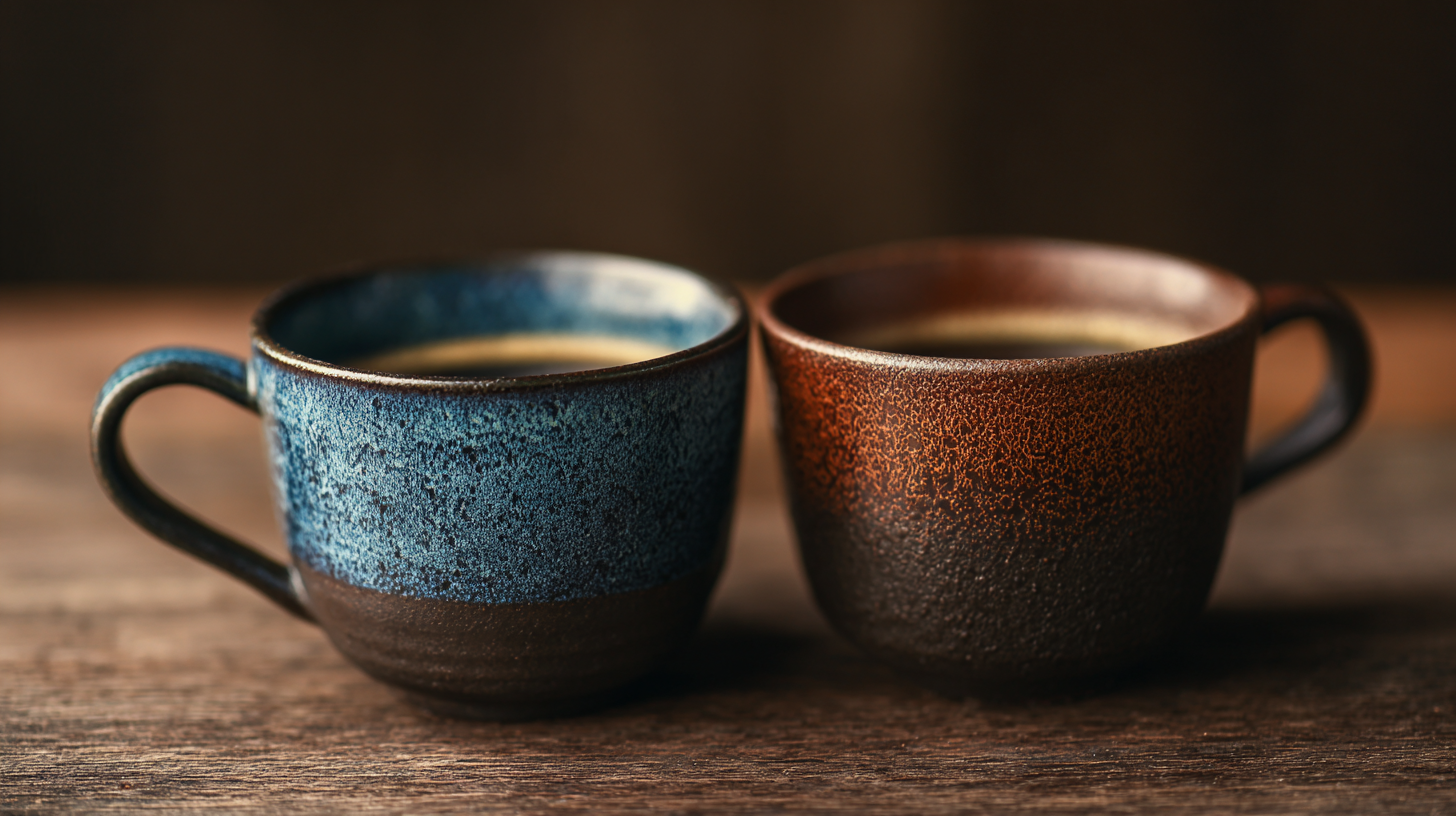
Moreover, different types of glazes can influence the performance of ceramic cups. For instance, matte glazes tend to absorb heat differently compared to glossy finishes, affecting overall heat retention. The color and thickness of the glaze can also impact thermal performance. A report by the International Journal of Applied Ceramic Technology highlights that darker glazes absorb more heat, providing a warming effect that can keep beverages hotter for extended periods.
Tips: To maximize the heat retention of your ceramic cups, choose those with darker, glossy glazes. Additionally, pre-warming your cups by rinsing them with hot water before pouring in your beverage can further enhance heat retention, ensuring that you savor your drinks at the optimal temperature for longer periods.
Baristas often gravitate towards ceramic cups for serving hot beverages, and several practical reasons underline this preference. Firstly, ceramic has excellent thermal insulation properties, allowing it to retain heat without transferring too much warmth to the outer surface. This means that drinks like coffee and tea stay hotter for longer, enhancing the drinking experience for customers. A well-insulated cup not only keeps the beverage at the optimal temperature but also makes handling comfortable, as the exterior remains cool to the touch.
Additionally, the aesthetic appeal of ceramic cups contributes to their popularity among baristas. Unlike plastic or paper options, ceramics can be crafted into various beautiful designs and colors, adding a touch of elegance to the beverage presentation. For baristas aiming to create a memorable experience, the visual and tactile appeal of ceramic enhances the overall enjoyment of the drink. This combination of practicality and aesthetic value makes ceramic the go-to choice for serving hot beverages in coffee shops and cafes, aligning with the barista’s goal of delivering both quality and style to their customers.
This bar chart illustrates the average temperature retention of different materials used for hot beverages. The data shows how ceramic cups outperform other common materials like glass and stainless steel in maintaining the heat of drinks over a one-hour period.
